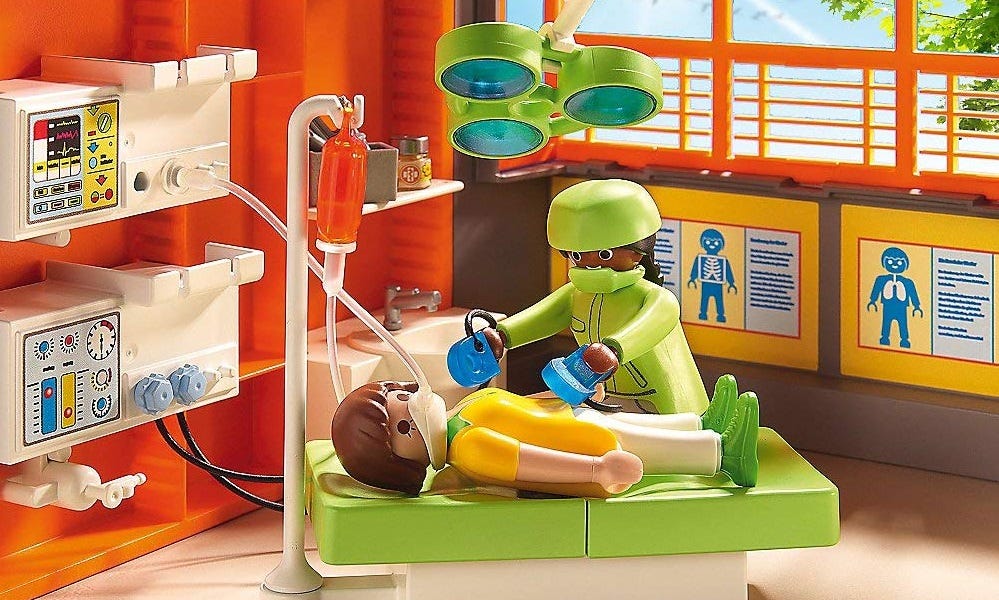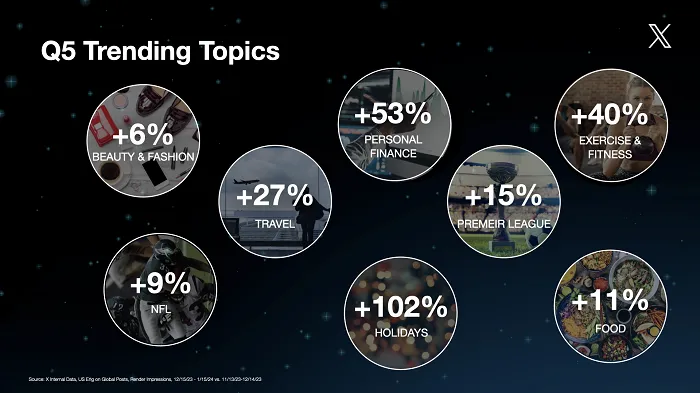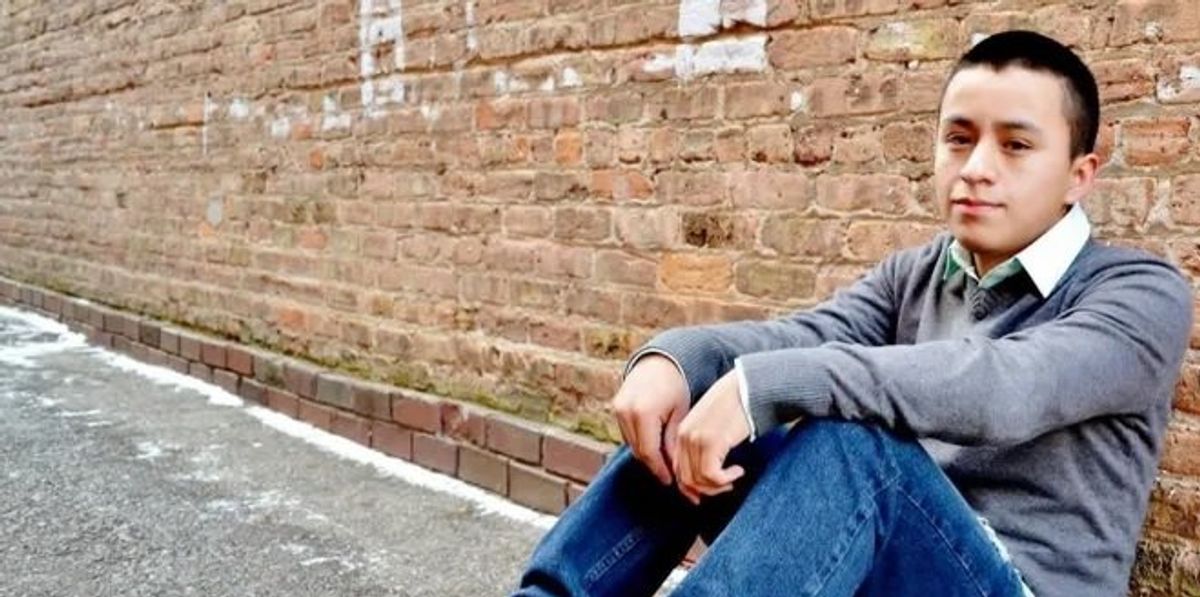When Miguel Luna Perez started school in Sturgis, Michigan, he was nine years old. His parents had immigrated from Mexico and he’d never learned sign language in Spanish, which means he missed out on much of the earliest language development that children, hearing or deaf, need from infancy. But once in an American school, he was eligible for all sorts of learning assistance, starting with instruction in American Sign Language (ASL).
He never got any of the help he was entitled to, and now, at the age of 27, he’s unlikely to ever be able to communicate well enough to hold a job, as a perfectly infuriating Detroit Free Press story explains today. It’s a subscriber-only piece, but Luna Perez’s case, which was heard by the Supreme Court in January, has also been covered at Education Week and elsewhere. It’s being watched extremely closely by folks involved in disability and special education law, since it could have major implications for schools going forward.
That said, the best thing for school systems to stay out of trouble is for them to actually live up to the legal requirement to make sure that all kids get a “free appropriate public education” — a phrase that ought to ring familiar to anyone who’s set foot in a college of education because it’s on the test. (“Public Law 91-142” might as well be tattooed on my brain from my own Bachelors degree in English Education, because it too was on the test. Both were on all the tests.) Do right by kids with disabilities, and the legal issues involved in Luna Perez’s case won’t even come up.
When he started school in Sturgis in 2004, Luna Perez hadn’t had any school in Mexico, couldn’t read lips, didn’t know any form of sign language, and couldn’t read English or Spanish. But as Education Week explains, his parents thought he was getting the services he needed:
Still, to Luna Perez’s parents, who speak only Spanish and thus had their own challenges communicating with the district, it seemed like the Sturgis school system had their youngest child’s interests at heart. Perez received an individualized education plan, or IEP, under the main federal special education law. The IEP called for him to have an educational aide use sign language to relay his lessons to him. His teachers described him as a curious student who willingly used the signs taught to him.
In reality, though, the school hadn’t followed through on its obligation to provide a “free appropriate public education” as required by the Individuals with Disabilities Education Act (IDEA). As the Free Press explains, a teacher for deaf students from a larger neighboring district recommended that Luna Perez get instruction in American Sign Language, the lingua franca of the American deaf community. (There’s also “Signed English,” a word-for-word English-to-signing system that most deaf folks also learn, but isn’t as fluid as ASL, which emphasizes concepts over word order, and yes I have just grossly oversimplified.)
But for unknown reasons, the ASL teaching never happened in the 12 years he attended Sturgis schools, and that’s why Luna Perez is suing the district:
Instead of being assigned a qualified instructor, Miguel’s attorneys argue, he was provided a teaching assistant who tried to teach herself Signed English out of a book and ended up using a sort of idiosyncratic signed shorthand that was unable to give him full access to communicating with his teachers or other students. Throughout years of his schooling, his instructors said he “cannot hear or speak complete sentences to communicate,” court records claimed.
Because his aide only taught him the idiosyncratic version of Signed English she sort of made up, the two of them could kind of communicate, but he never learned to communicate with others — not even other users of Signed English, let alone ASL. Had he started using ASL or even real Signed English at the age of nine, Luna Perez might have overcome many of the difficulties he arrived at school with. Instead, he was largely cut off from communicating with others,
likely leaving Miguel unable, in the words of one expert who analyzed him, to ever develop higher-level abilities in reading, writing or math. Even after beginning to learn ASL at the Michigan School for the Deaf in his 20s, signed explanations eluded him. He remains, according to the claim, at greater risk of depression, anxiety and maltreatment. Occupationally, they say he is consigned to a life as an unskilled laborer despite having no cognitive impairment when he entered the school system. [Emphasis added — Dok]
Through it all, his parents thought he was making good progress in school, because after all, he was on the honor roll every year until shortly before graduation, when his parents were informed he would only receive a completion certificate, not a diploma.
And now we get to the other jaw-dropping part of all this: The Supreme Court case isn’t going to decide what sort of damages or compensation Luna Perez might be entitled to. Instead, it will decide whether his lawsuit can go forward at all, because there are two chunks of special education law at work here (Chunks is a real legal term, I’m fairly certain). It’s complicated, and Yr Dok Zoom is a rhetorician, not a lawyer, so we will skim over a lot of the gory details.
There’s IDEA, which regulates public education for students with disabilities, and then there’s also the Americans with Disabilities Act (ADA), which requires reasonable accommodation to public spaces and jobs and stuff, and which, unlike IDEA, allows people who’ve been treated unjustly because of their disability to sue for damages. Luna Perez’s family already settled a complaint in 2018 under IDEA, which resulted in the state paying for him to attend the Michigan School for the Deaf for four years — where, because of the serious long-term deficits resulting from not learning to communicate while he was in school, he made only minimal progress, but far more than he did in the12 years of school he couldn’t understand.
The legal fight is over whether Luna Perez can sue Sturgis over that harm and collect damages under the ADA. The catch is that the text of IDEA requires a plaintiff to “exhaust” all possible options under IDEA before suing under any other law. Luna Perez’s lawyers argue that would have been crazy, since it would have required his family to reject the settlement that allowed him to get at least some benefit from the School for the Deaf. “Exhausting” every last option would have meant going even more years without learning. So far, though, the school district has won in two lower courts by arguing that’s what Luna Perez and his family should have done.
One of his attorneys, Roman Martinez, explained to Education Week that the district’s argument
turns the IDEA upside down. […] The statute clearly wants to get kids like Miguel educational relief as quickly as possible. That means that when the school district offers you everything you want under the statute, you should be allowed to say yes, without giving up other claims under other statutes.
During oral arguments in January, Justice Elena Kagan seemed inclined to agree, asking the district’s lawyer, Shay Dvoretzky, “What should Miguel (and his family) have done differently than he did in this case?”
Dvoretzky argued that granting damages under the ADA could lead to parents skipping the steps available in IDEA so they could seek damages instead, but Kagan wasn’t having that, replying,
It strikes me it’s the parents that have the greater incentive to have education fixed for their children. […] This is litigation being run by parents who are trying to do right by their kids.
Even some of the Republican-appointed justices seemed to find Dvoretzky’s reasoning a stretch; Amy Coney Barrett said, “It’s hard for me to see how the ADA claim ever gets asserted” if there’s endless litigation over whether options under IDEA have truly been “exhausted.”
For his part, Luna Perez said, in a statement prepared with the help of his lawyers and interpreters,
My case at the U.S. Supreme Court is hard for me to understand. […] Part of it is about having no interpreter at Sturgis. Part of it is that some judges said I can’t tell my story in court. I want to tell my story in court. I wish I could have gone to college. I don’t have a job, but I want to have one. I want to make my own choices.
He also said that he was proud to have completed a high school diploma at Michigan School for the Deaf, not just a certificate of completion:
At MSD, I learned so many new words and signs. […] I learned construction. I helped others in my class to measure, and I got to build chairs and tables. I learned about building houses. I want to build houses as a job.
Here’s hoping the Court allows his ADA suit to go forward, and that Miguel Luna Perez can have at least a measure of justice for the life that was denied him.
[Detroit Free Press (subscribers only) / Detroit Free Press / Education Week / SCOTUSBlog / Photo: Luna Perez family via Detroit Free Press]
Yr Wonkette is funded entirely by reader donations. If you can, please give $5 or $10 a month so we can all keep on keeping on together.






































































